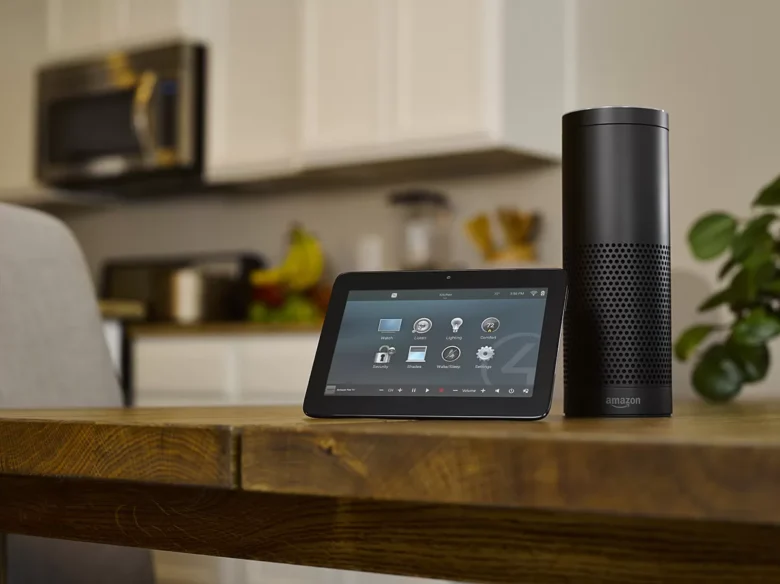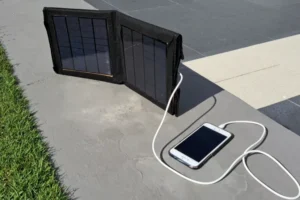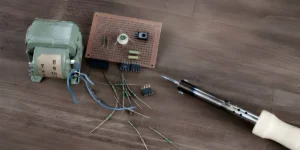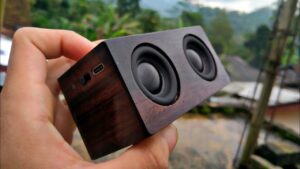Smart devices that can be controlled by voice are no longer just a trend for the near future; they’re becoming an increasingly integral element of our daily lives. You can adjust the lights in your living space with an easy command or call a virtual assistant to request weather updates. Voice-controlled technology has transformed modern life. Imagine the possibility of creating your own devices that are smart at home, customised to your individual requirements and preferences. This guide will take you through the basics of creating your personalised voice-controlled devices and introduce possibilities for integration within larger ecosystems of smart home technology.
Understanding Voice Control Technology
Voice control technology works by understanding spoken commands and transforming them into actionable commands for the devices. It typically requires microphones to record sound as well as natural processing of language (NLP) to understand the meaning behind your commands and software to perform tasks. The devices like Amazon Alexa and Google Assistant depend on powerful neural networks that provide instant recognition of speech patterns as well as translations. When designing your intelligent devices in your home, you’ll be creating a smaller version of this high-performing ecosystem. If you understand the way this technology operates and how it works, you can design gadgets that react to calls for voice with precision and dependability.
Essential Components
Each voice-controlled system requires important elements. First, there is the microphone, which records the voice signals. Other essential components comprise a microcontroller, like the Arduino or Raspberry Pi, which serves as the central brain of the device, as well as software libraries that deal with the processing of speech as well as commands. In addition, if the device is designed to control lighting, fans or other electronic devices that require actuators, like relays or motor drivers. In the end, whether you’re creating your own device or you’re connecting it to the system, Wi-Fi modules or Bluetooth chips can enable your device to connect with other devices or apps.
Step-by-Step Guide
Making your first smart device that is voice-controlled may seem overwhelming. However, the process is easy when you break it into smaller tasks. Begin by setting up the microcontroller and then programming it using the correct software or firmware, like Python programs as well as Arduino libraries. These programs will enable your microcontroller to take inputs and trigger actions. Connect your microphone module and then pair it up with speech recognition applications or APIs like Google Speech-to-Text. After you’ve tested your voice input device, continue by connecting the hardware that the device is controlling, such as the speaker or lamp, and ensure that the commands produce an output that you want. Make sure you test each component of the system to make sure all functions are working properly before proceeding to your next stage.
Integration with Home Automation Systems
One of the main benefits of devices that can be controlled by voice is their integration with broader connected home smart ecosystems. Services such as IFTTT (If That Then This) enable seamless interaction between gadgets, making it much easier to automate processes. For example, you can program the smartphone to shut off your lights, but also lock the doors and change your thermostat to night mode when the message, “I’m leaving now,” You could also look into platforms like Home Assistant or openHAB, which allow you to control and modify several devices from one application or dashboard to create a seamless intelligent home.
Troubleshooting Common Issues
Making voice-controlled gadgets from scratch usually presents issues. For instance, microphones that aren’t of high quality could not capture commands with precision, or your microcontroller may not be able to handle voice commands quickly enough due to the limitations of technology. Make sure you test every component prior to assembly and configuration. A multimeter can assist in confirming the power connection, and debugging tools that are available in programming environments such as Python will help you identify software issues. Issues with calibration in speech recognition APIs can occur, particularly with backgrounds or accents. Recalibrating or upgrading the API version usually resolves these issues.
Enhancements and Customizations
After your voice-controlled system has been in operation, it is possible to consider ways to improve it. The addition of multiple microphones to increase the range and directional accuracy of voice recording can increase the performance of larger spaces. Additionally, incorporating advanced features like temperature control via voice can raise your system to an elite level. You can also create customised wake phrases or words to give your device a personal experience. The ability to customise your aesthetics, for example, creating stylish covers for the devices by using 3D printers, can make sure that your gadgets are functional as well as visually appealing.
The Future of DIY Smart Homes
DIY voice-controlled smart gadgets are only one of many possibilities feasible in the field of home automation. Machine learning and AI will play greater roles in enhancing the responsiveness and flexibility of these devices. The future will enable these devices to anticipate your requirements based on patterns of your habits, for example, anticipating the time to turn on the lights when you enter. Furthermore, when renewable energy options like solar-powered grids are becoming more widely used, energy-efficient smart home systems will take centre stage, seamlessly joining the environmental efforts.
Build Your Own Voice-Controlled Future
Congrats on taking your first step towards creating your own smart devices controlled by voice! With a thorough understanding of the technology, collecting the necessary components, carefully building the gadget, as well as experimenting with other integration options and customising the design, you can build gadgets that are specifically designed to fit your lifestyle and home. It doesn’t matter if it’s automating your lighting or directing your entertainment systems or connecting a range of devices on a single platform; your options are only limited to your own imagination.
If you’re looking for even more help and inspiration, look into open-source communities and forums devoted to voice control DIY projects. Join in, share ideas and learn from fellow enthusiasts across the globe who are equally interested in creating the future of smart homes. Start today and discover the power of convenience and innovation with voice-controlled technology.




